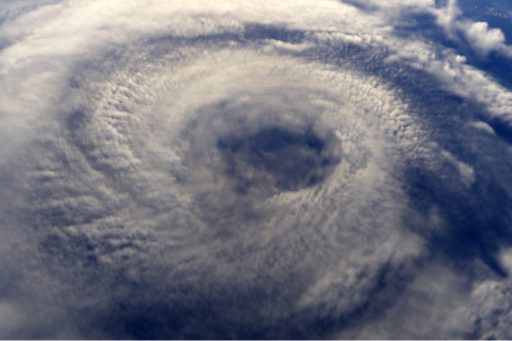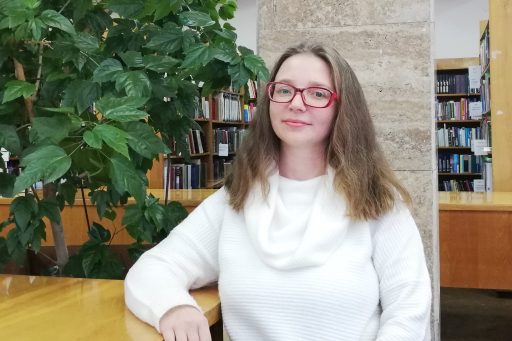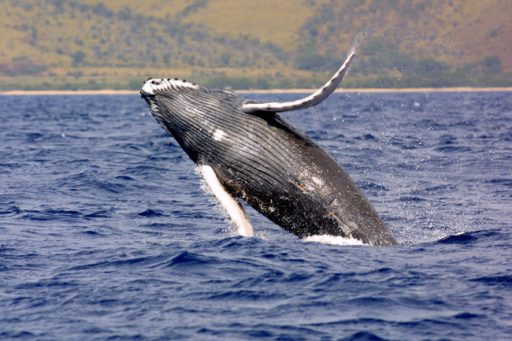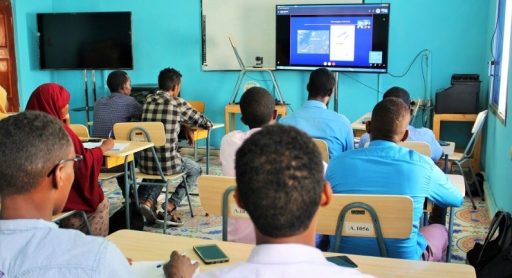Being able to forecast the weather in space is becoming ever more important. So-called sub-storms caused by fluctuations in the Sun’s activity pose a threat to satellites and could be fatal to astronauts and space tourists.
By crunching large data sets, researchers are able to identify a specific genetic cause in one of seven young cancer patients. This allows for prescribing more accurate doses of medicine, avoiding unnecessary side effects
The URAN Publishing Service provides academics in Ukraine with the reliable virtual computing infrastructure they need to overcome technical barriers to publishing articles in academic journals online
The international iPSYCH project identifies genes related to specific mental illnesses to inspire development of better medicine and earlier diagnosis.
“Tikkoun Sofrim” (Hebrew for “Scribal Correction”) is a joint French-Israeli project to integrate the wisdom of the masses to digitalize ancient manuscripts using Handwritten Text-Recognition.
OTN research has yielded important insights into the often-mysterious migrations of endangered marine animals like leatherback turtles, basking sharks, American eels, and Bluefin tuna, and have generated critical knowledge towards conservation recommendations.
MOREnet’s Immersive Learning Lab, the MILL, provides teachers with the training required to effectively implement innovative, hands-on technology-focused learning strategies.
Large databases, supercomputers and high-speed connections are part of the computational infrastructure to provide forecasts of political conflicts in Africa, and the peaceful university city of Uppsala, Sweden, is at the centre of it all.
The European “1+ Million Genomes” initiative aims at linking genomic databases across borders. But there is a challenge: You must do it do it without compromising data security.
Researchers have designed a uniquely detailed and precise model of solar energy potential on a global scale, and they are offering their data free of charge for everybody to use.
Fishery management experts from The Arctic University of Norway are teaching Somali students how to exploit their marine resources. The teaching collaboration features interactive live lectures allowing for two-way communication, questions and discussions.
When Hurricane Michael came ashore at Mexico Beach, Florida on October 10, 2018, it knocked the Traffic and Criminal Software, a vital piece of law enforcement software, offline.













